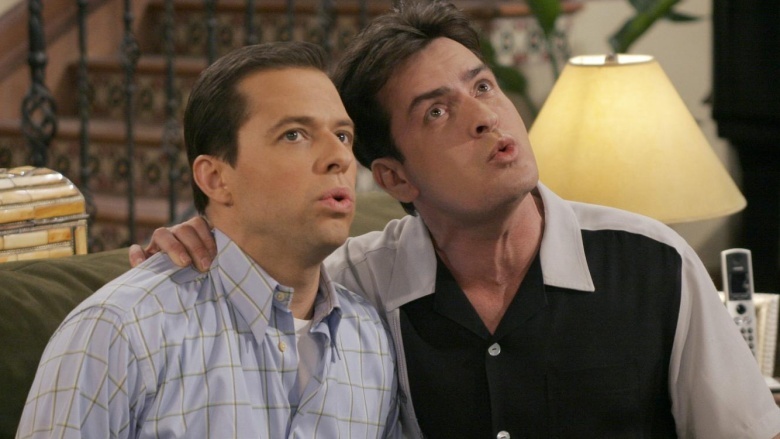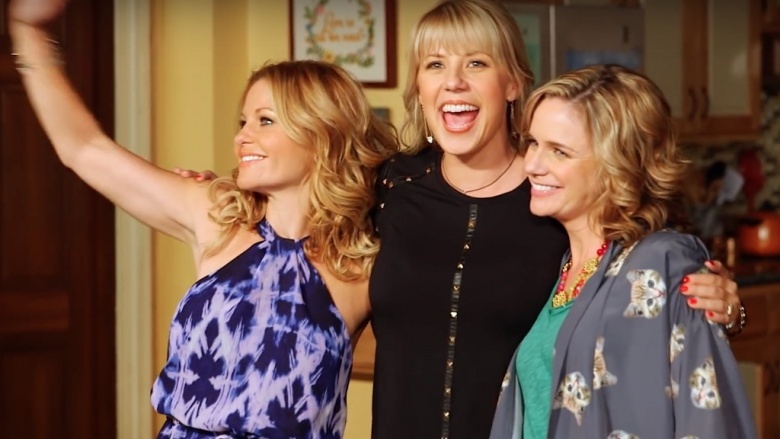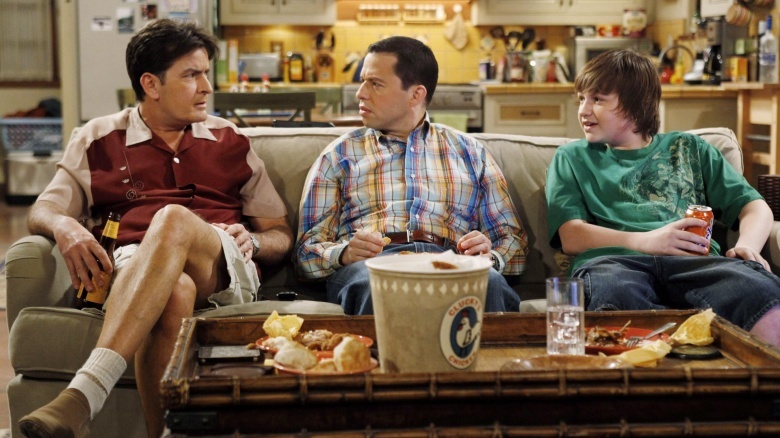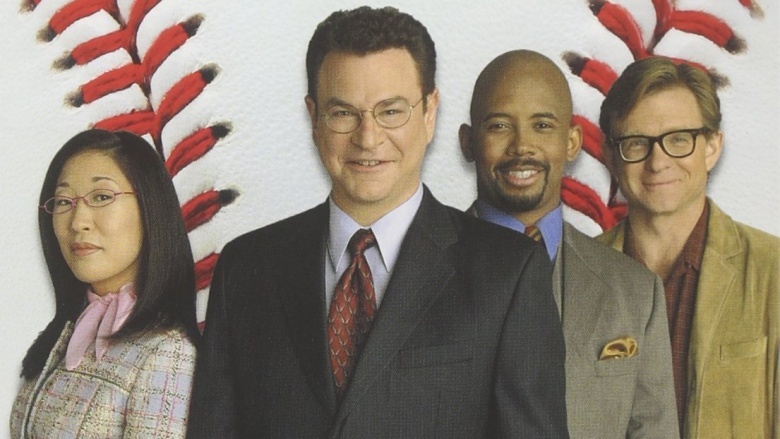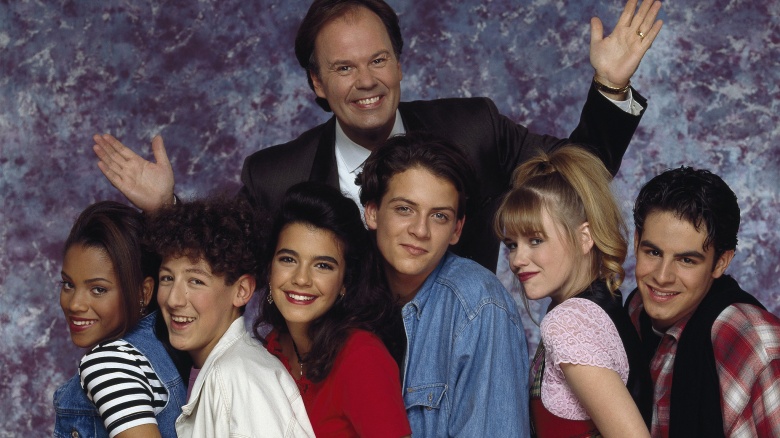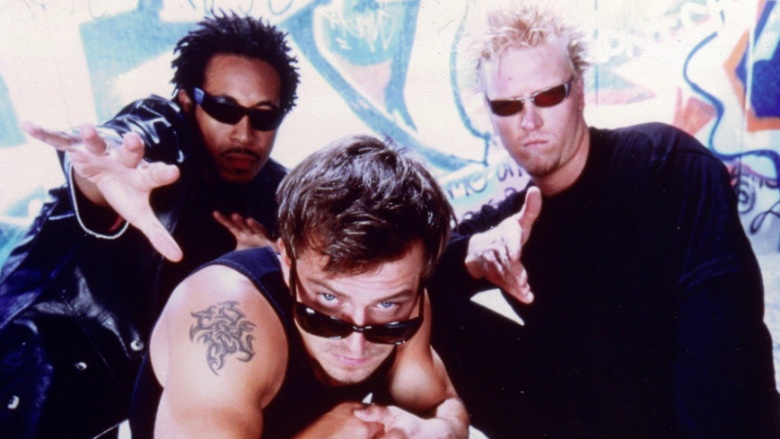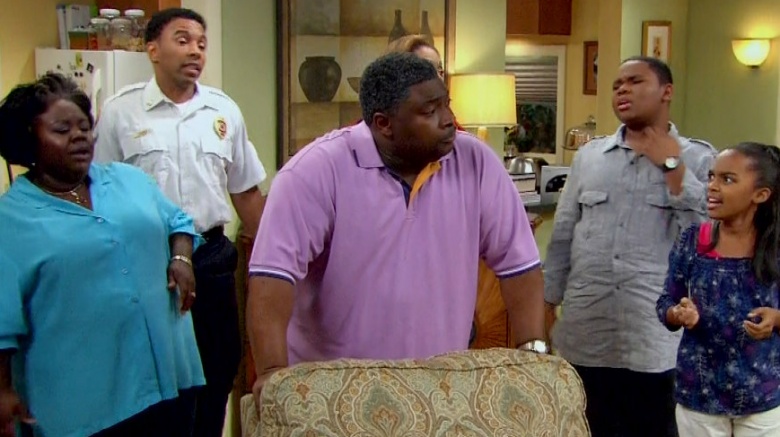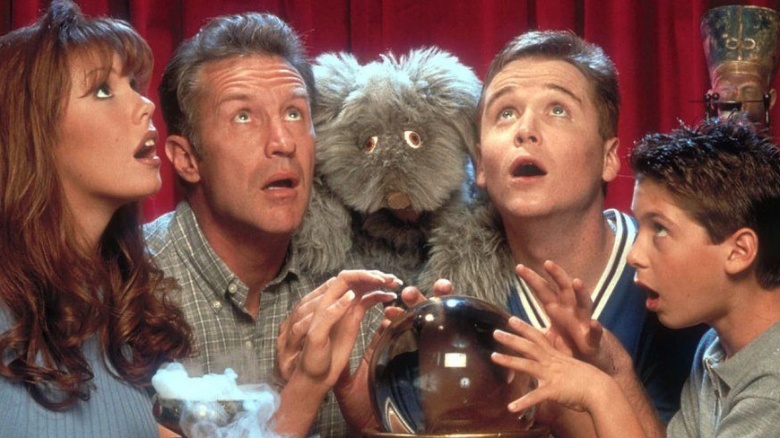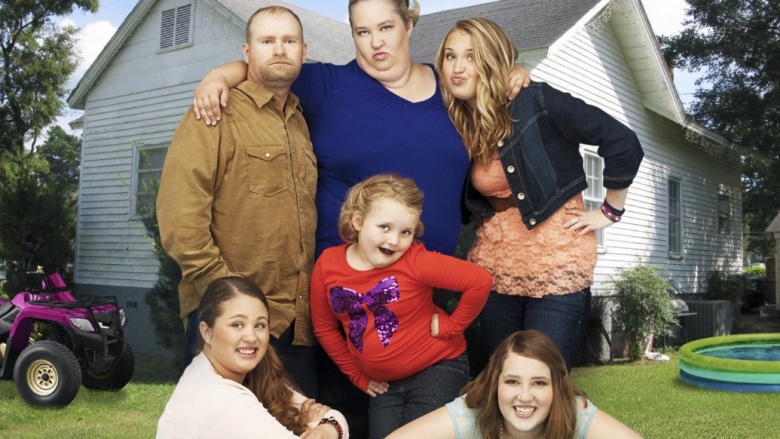TV Shows Critics Hated But Audiences Loved
Ever notice how the worse the reviews are for a show, the more people tune in? You're not alone. Almost since the invention of television, critically reviled shows have been irresistible to television audiences. Here are a select few shows that prove this rule.
Fuller House (2016 to present)
Twenty years after Full House went off the air, creator Jeff Franklin got the bright idea to make a sequel. However, rather than create something unique and original, Fuller House basically rehashed the same idea. Since critics loathe nothing more than reviewing something they've already seen, they were none too pleased, and the reviews didn't hold back at all. The critique that best summarizes their scorn is the one written by The Philadelphia Inquirer's Molly Eichel: "There's no reason for [the show] to exist." Fans disagreed, and Netflix renewed the show for a second season four days after the premiere. Critics will have their hands full with that one.
Two and a Half Men (2003-2015)
Two and a Half Men was never a critical darling during its 12-season run. At best, critics conceded it was occasionally funny, but most of the time, reviews had a decidedly negative slant. Graeme Blundell of The Australian, for instance, called it "one of those shows that are just on while you do something else, like cutting your toenails." Still, buoyed by things like guest appearances from Megan Fox, Jodi Lyn O'Keefe, and whichever attractive actress they could shanghai into an episode or two, the show regularly drew 10 million fans.
Arliss (1996-2002)
It's not TV. It's HBO, and like all HBO programs, Arliss, or Arli$$ as it was sometimes stylized, was unique—in this case, unique in the way it united sports commentators and TV critics in contempt. ESPN's Bill Simmons, for example, spared no one's feelings when he called the show "perennially unwatchable." In defiance of Simmons' dismissal, many HBO subscribers cited Arliss as the sole reason they paid for the channel. And despite their relatively small number, they was enough for HBO to keep the show around for seven seasons, vexing critics one episode at a time.
Out of This World (1987-1991)
Though Out of This World just missed the 100-episode mark traditionally required for syndication sales (it only ran for 96 episodes), the cast can rest easy knowing they ticked off a lot of critics before cancellation. Few reviews offered praise for the show, which starred Maureen Flannigan as a girl who discovers on her 13th birthday that her father is an alien and she has special powers. Not even the involvement of seasoned pros Donna Pescow (as her mom) and Burt Reynolds (as the voice of her dad, who periodically chimed in via an alien communication device) could stem the tide of scorn. Critics have continued to express their disdain for the show over the years, with Splitsider's Brian Boone calling it "the worst sitcom ever." Despite the bad reviews, the average viewer liked it enough to keep it on for four seasons—and it offered steady employment for Scott Baio, who directed 11 episodes.
Saved by the Bell: The New Class (1993-2000)
Another rehash of an original idea, Saved by the Bell: The New Class is unique in that harsh criticism of the show actually prompted change. Following a wave of reviews that pointed out the first season was an imitation of it predecessor (to the point that they even had their own Screech, known as Weasel), producers actually tried to change the show. Rather than come up with something new, they simply added new characters to fulfill the traditional stock high school stereotypes—but seeing as how the show lasted for seven years anyway, the extra effort wouldn't even have been necessary.
Shasta McNasty (1999-2000)
If you've never heard of Shasta McNasty, later just called Shasta, don't worry. You're not alone. But despite its short time on television, this Jake Busey-led show was both the people's darling and the critics' bane. In 2000, it received a People's Choice Awards nomination for Favorite Television New Comedy Series. At the same time, critics called it things like a "mega-shallow celebration of hyperstimulated libidos." But it wasn't poor reviews that got the show canned. An early effort from the fledgling UPN Network, it actually fell victim to the dreaded moving-timeslot curse, which has taken out countless shows over the years (including cult classics such as Firefly).
Small Wonder (1985-1989)
Small Wonder imagined what would happen if a scientist built a robotic girl and tried to pass it off as his 10-year-old daughter—and pulled in enough viewers to justify a four-season run. Critics hated it, and not just because it was essentially a remake of My Living Doll, a show Small Wonder creator Howard Leeds worked on in the '60s. Later singled out as one of the worst shows ever for its "off-the-wall premise," Wonder also raised TV pundits' ire for being what the Los Angeles Times sarcastically referred to as a "high-tech/low-talent" enterprise. Audiences tuned in anyway, and the show remains a post-ironic cult favorite; today, you can purchase the complete first and second seasons on DVD.
Tyler Perry's House of Payne (2006-2012)
One of many Tyler Perry projects with Perry's name ahead of the title, Tyler Perry's House of Payne was deemed quite painful to watch by more than a few critics. From the get-go, the show endured harsh criticism for its "grating laugh track" and bleak premise (after his drug-addicted wife burns down their house, a fireman and his kids move in with his parents), in addition to its aimless narrative and "languorous pacing." TV viewers disagreed, granting House of Payne the largest audience for a basic-cable sitcom at one point and prompting a pair of spinoffs along the way.
Unhappily Ever After (1995-1999)
It aired an even 100 episodes during its lengthy run, and Unhappily Ever After proved a thorn in most critics' sides from the very beginning. TV Guide ranked it the 30th worst television show of all time, beating out contenders like The Tom Green Show and Bless This House. Still, audiences tuned in week after week to watch the exploits of a schizophrenic, alcoholic used-car salesman and his imaginary stuffed-rabbit friend, voiced by Bobcat Goldthwait. (Nikki Cox's perpetually exposed midriff probably helped a bit too.) Needless to say, when the show ceased production, a number of critics felt as if they could finally live happily ever after.
Here Comes Honey Boo Boo (2012-2014)
Of all the shows on this list, perhaps none proved a lightning rod for critical negativity as consistently as Here Comes Honey Boo Boo. The reality hit about a child beauty pageant contestant and her family prompted allegations of bad parenting and neglect, reinforced by the fact that a number of the adults featured on the show had criminal records. It's no surprise that critics took any available opportunity to voice their disdain for the show, which the A.V. Club's Ryan McGee called a "horror story posing as a reality television program." Regardless of the reasons for these adverse reactions, viewers loved Here Comes Honey Boo Boo—even if it was for the same reason people slow down to look at car wrecks.
